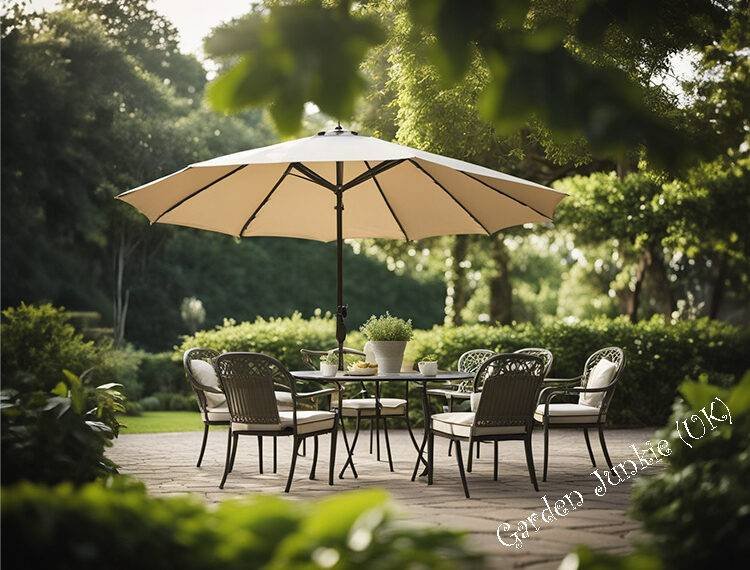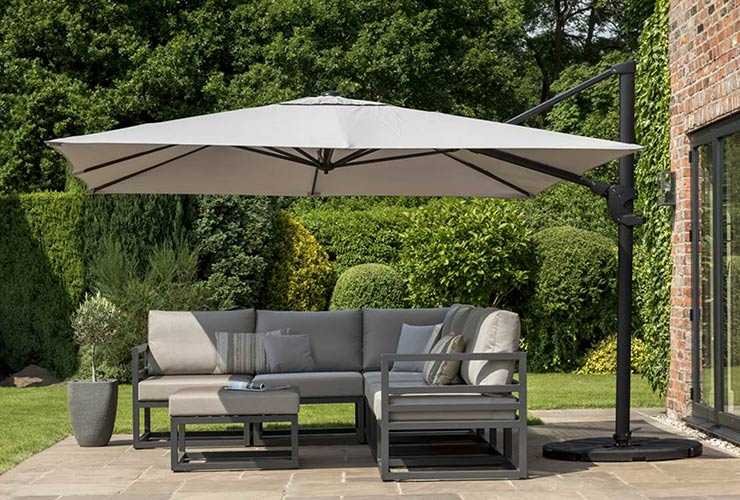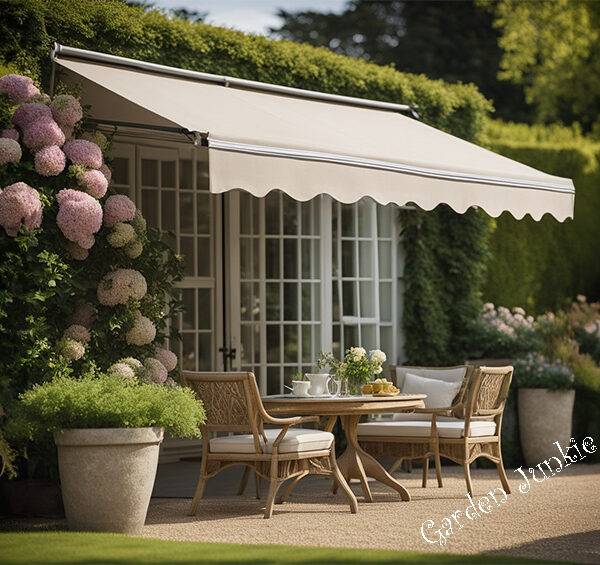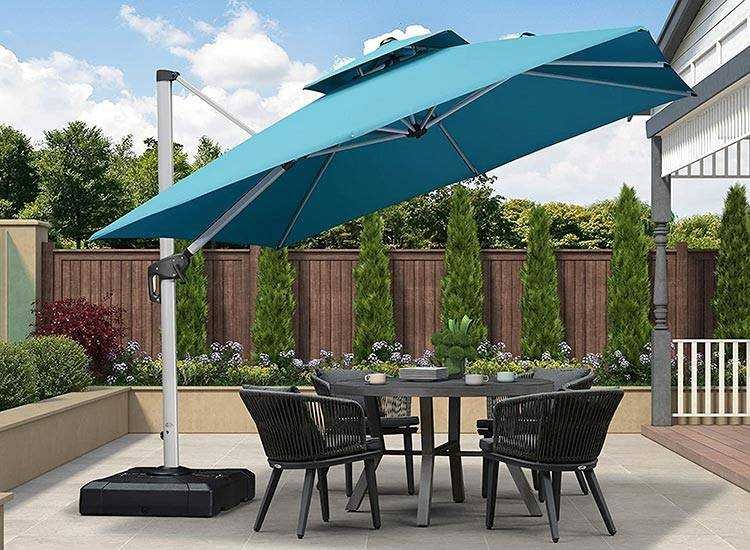Beautiful Plants For Your Interior
Umbrellas, Parasols and Awnings

Unlike garden pergolas, garden umbrellas also called garden parasols, overhanging parasols or banana parasols along with awnings are the three most popular mobile types of shade structures that are commonly used in outdoor living spaces.
They are designed to provide protection from the sun (UV) and shade, rain, and they can be used in a variety of settings, such as patios, decks, gardens, and outdoor dining areas.
These parasols/umbrellas and awnings come in a variety of shapes, sizes, and materials, and they can be customised to suit individual preferences and needs.
What are Parasols?
Parasols and or garden or beach umbrellas are portable shade structures that are typically used to provide shade for individuals or small groups of people. They are often used in outdoor settings, such as on patios, decks, or at the beach. These umbrellas, parasols or overhanging parasols are usually made of lightweight materials, such as polyester, and they are supported by a central pole or frame. Umbrellas and some parasols may also have a ’tilt’ function that allows the user to adjust the angle of the shade to suit their needs.
Types of Parasols
There are several types of parasols available on the market today. Some of the most common types include:
- Beach Parasols: These are parasols that are designed specifically for use on the beach. They are usually made of lightweight materials, such as nylon or polyester, and they are often brightly coloured to stand out on the beach.
- Garden Parasols: These are parasols that are designed for use in gardens or outdoor dining areas. They are usually larger than beach parasols, and they may have a more elaborate design.
- Market Parasols: These are parasols that are used in outdoor markets or fairs. They are usually larger than garden parasols, and they may have a more commercial look.
What are Awnings?
Awnings are permanent or semi-permanent shade structures that are attached to the exterior of a building or structure. They are designed to provide shade and protection from the sun and rain, and they can be used in a variety of settings, such as in the front of a store or restaurant, or over a patio or deck.
Types of Awnings
There are several types of awnings available on the market today. Some of the most common types include:
- Retractable Awnings: These are awnings that can be retracted or extended as needed. They are usually operated by a motor or a manual crank, and they can be customised to fit the specific size and shape of the space they are intended to cover.
- Fixed Awnings: These are awnings that are permanently attached to a building or structure. They are usually made of durable materials, such as metal or canvas, and they can be customized to fit the specific design and colour scheme of the building.
- Window Awnings: These are awnings that are specifically designed to provide shade and protection for windows. They are usually smaller than other types of awnings, and they may be retractable or fixed.
Benefits of Parasols and Awnings
There are several benefits to using parasols and awnings in outdoor spaces. Some of the most notable benefits include:
- Protection from the sun: Parasols and awnings provide shade and protection from the sun’s harmful rays, which can help prevent sunburn and skin damage.
- Protection from the rain: Awnings can also provide protection from the rain, allowing people to enjoy outdoor spaces even in wet weather.
- Increased comfort: Parasols and awnings can help create a more comfortable outdoor environment by providing shade and reducing the temperature.
- Improved aesthetics: Parasols and awnings can also enhance the visual appeal of outdoor spaces, adding colour and texture to the area.
- Energy savings: Awnings can also help reduce energy costs by blocking the sun’s rays and reducing the amount of heat that enters a building.
Conclusion
Parasols and awnings are two types of shade structures that are commonly used in outdoor spaces. They provide protection from the sun and rain, increase comfort, and improve the aesthetics of outdoor areas. With a variety of styles, materials, and designs available, parasols and awnings can be customised to suit individual preferences and needs.





